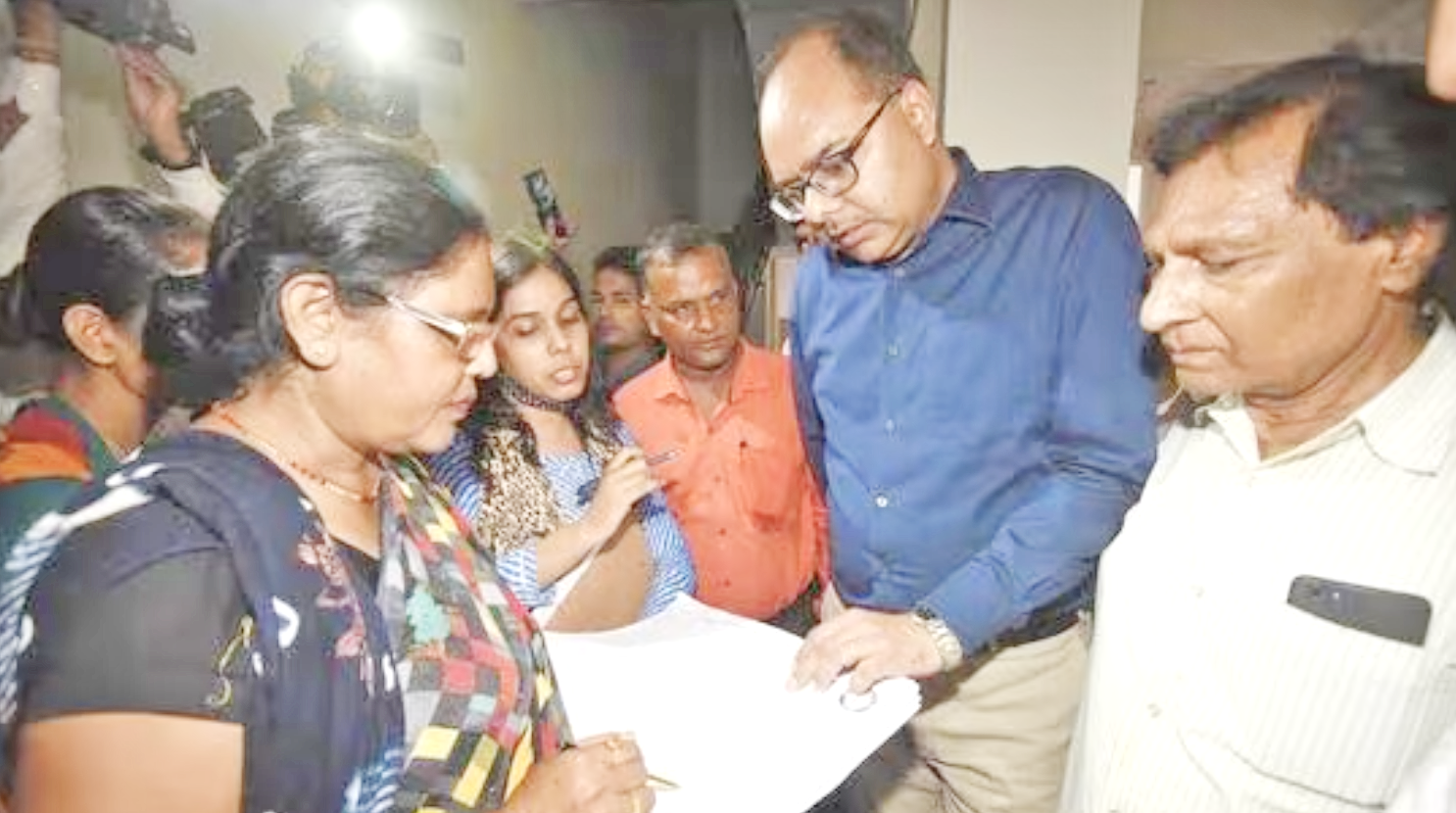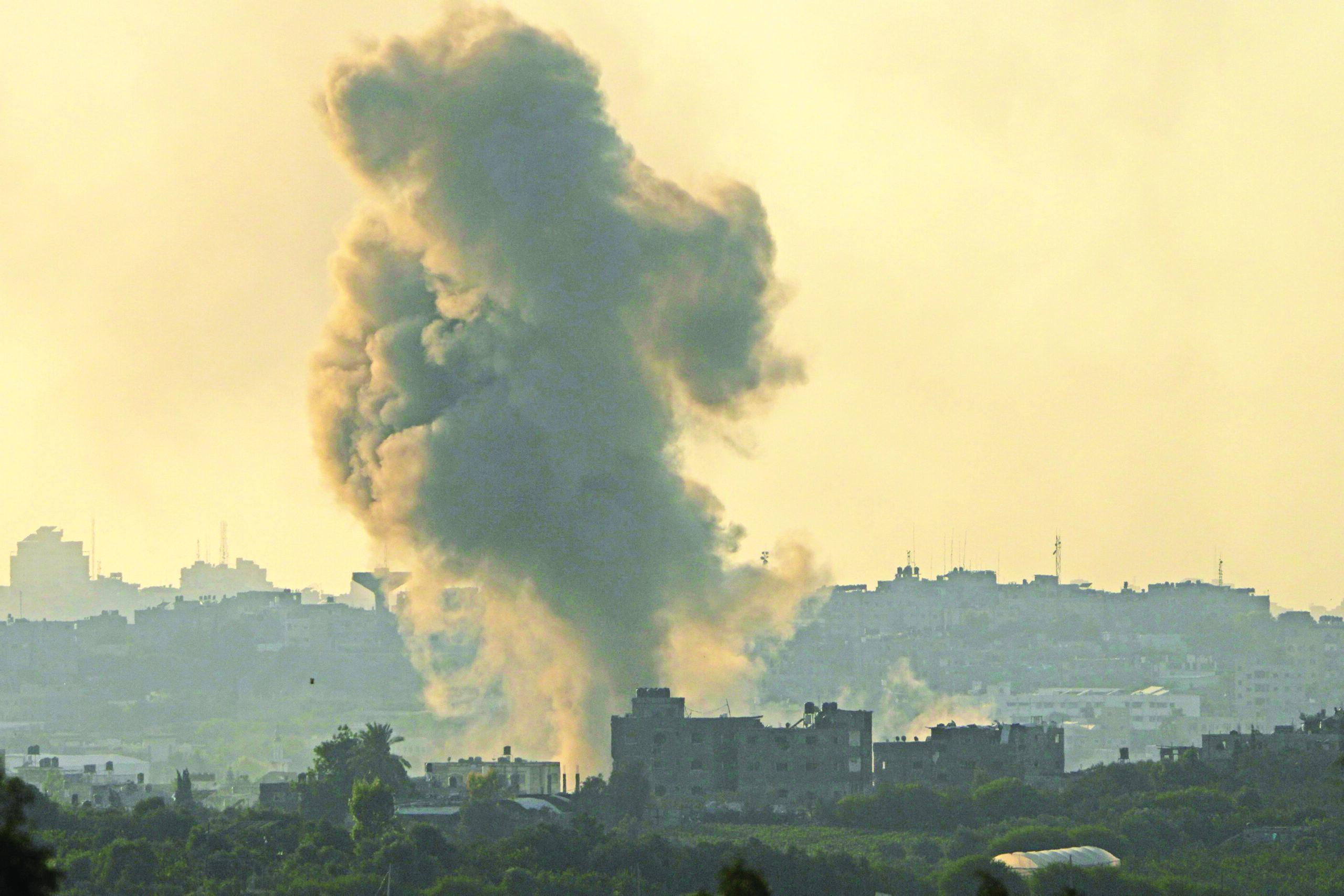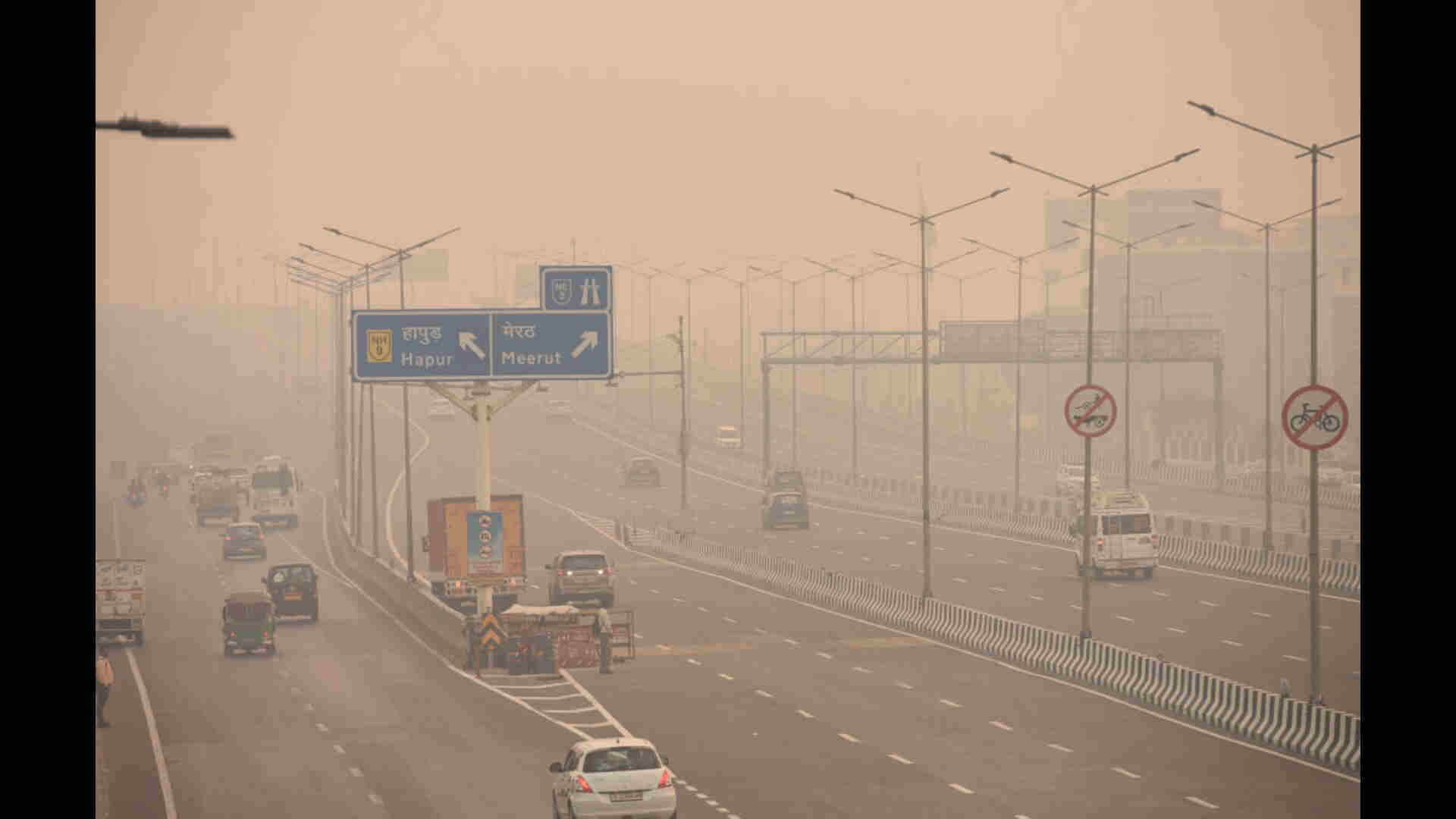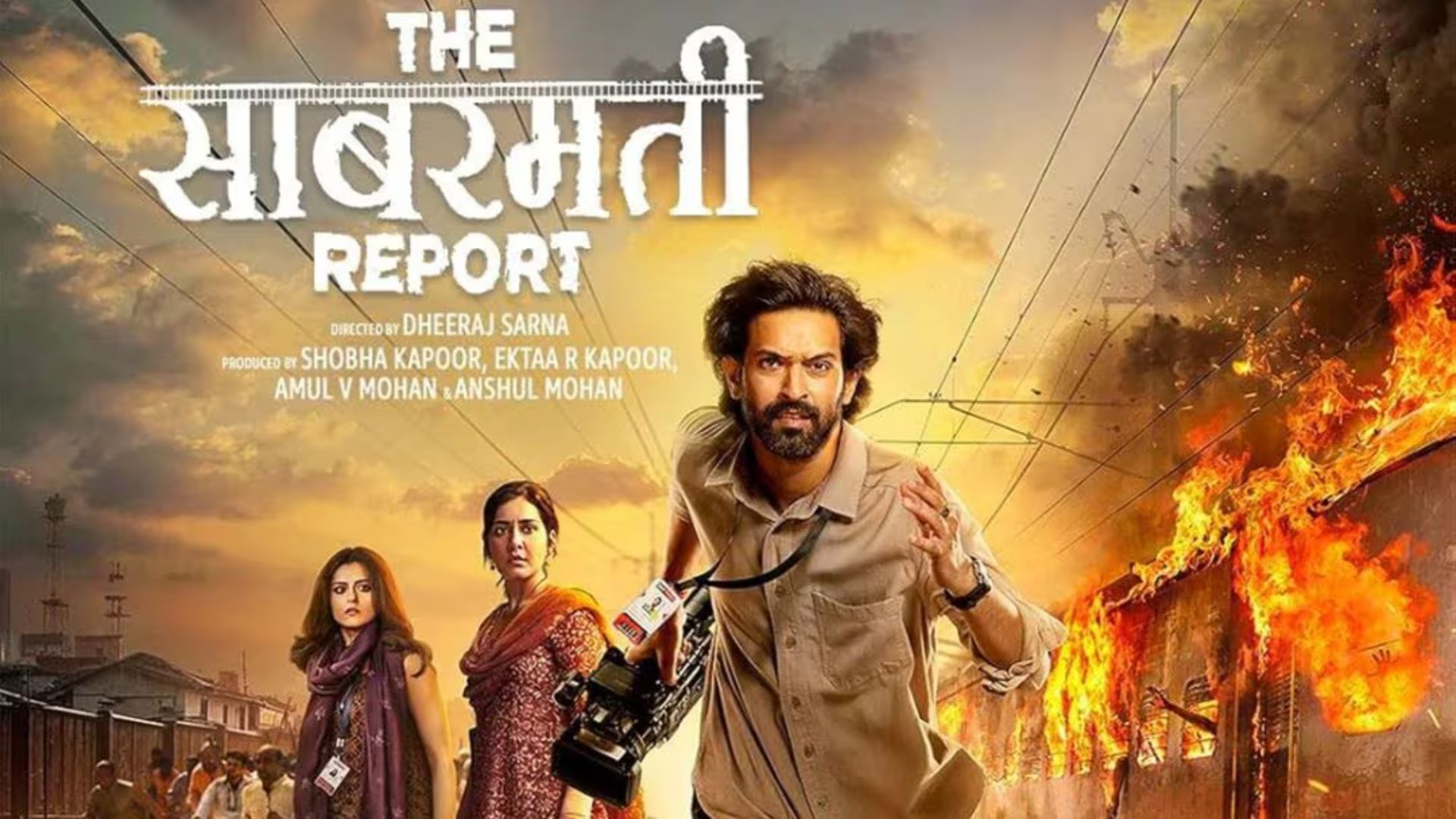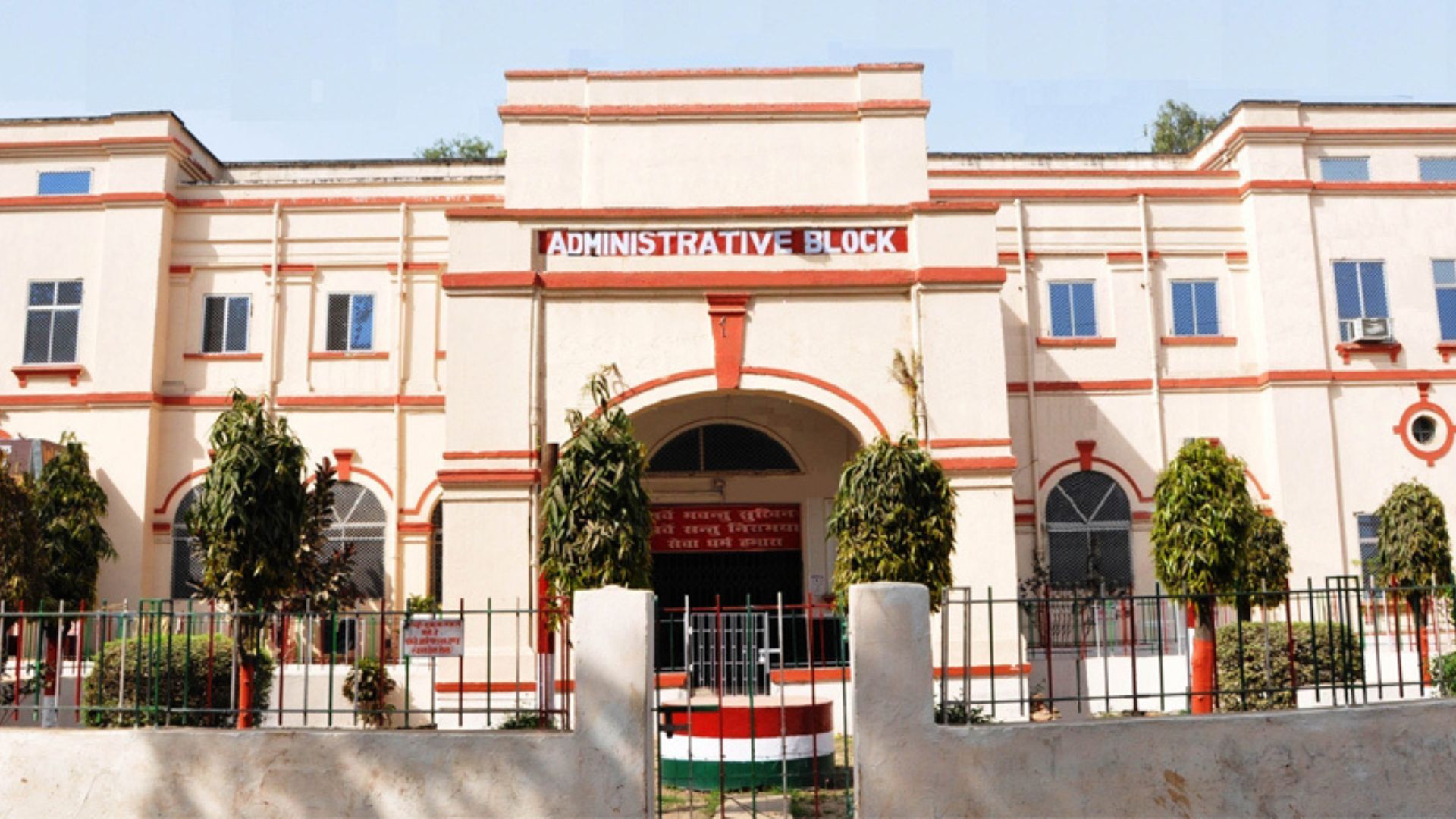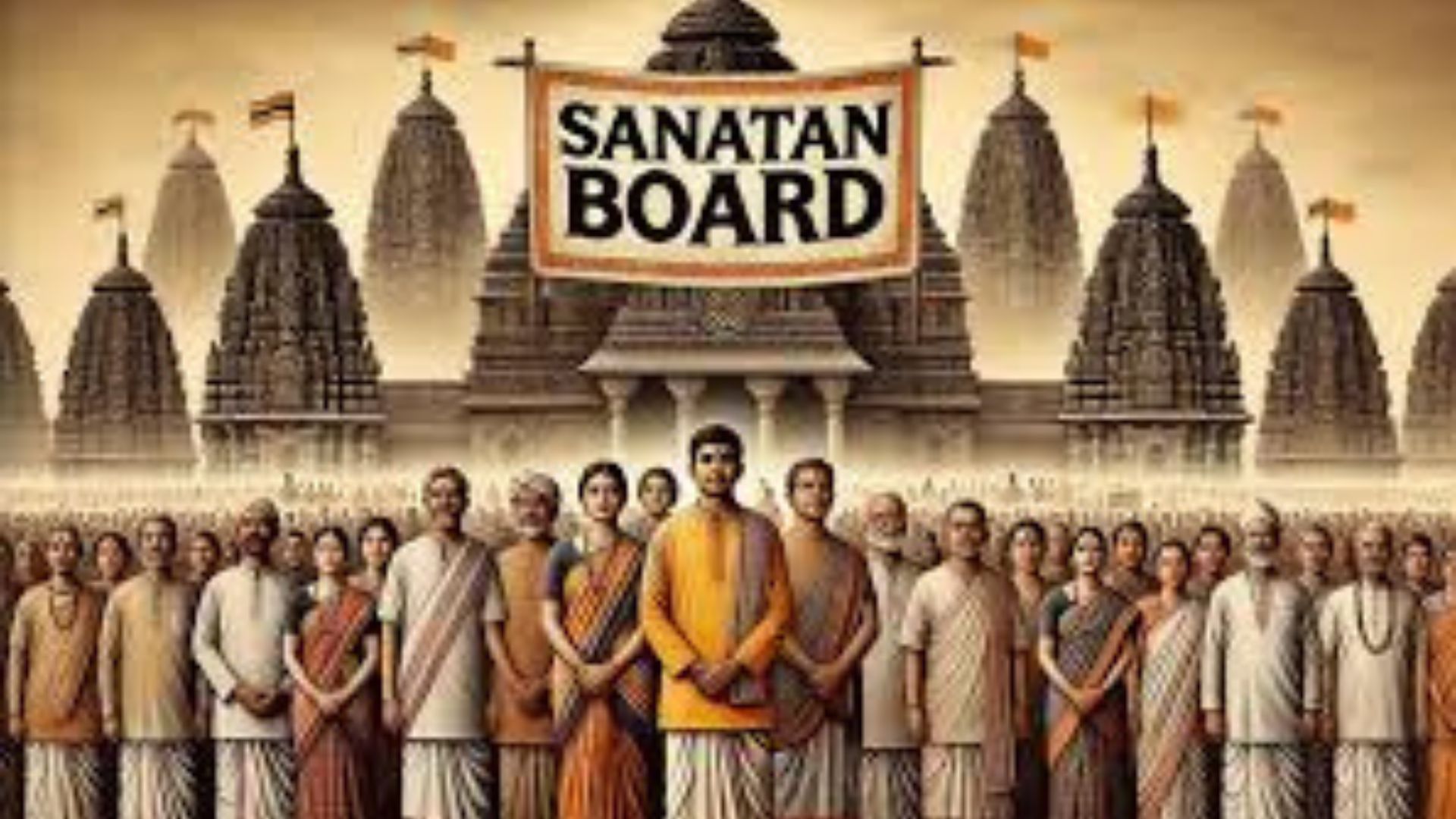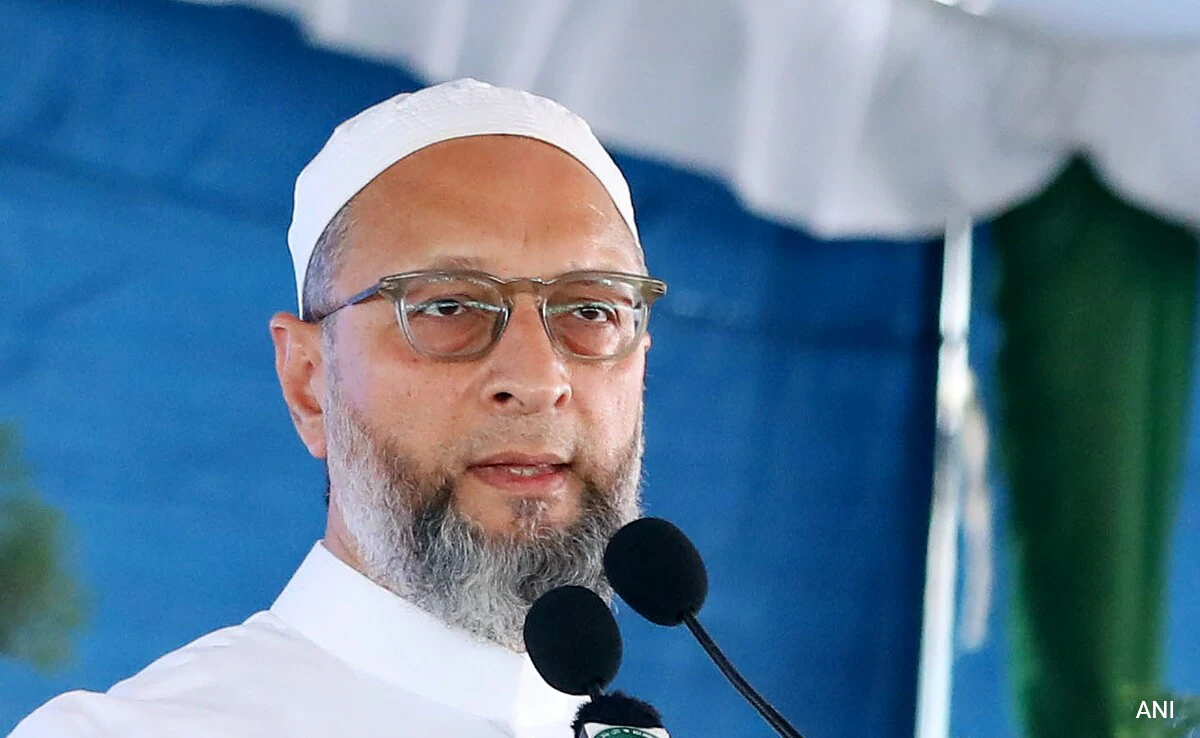Bihar’s Chief Minister and Janata Dal (United) supremo Nitish Kumar released the full findings of the state’s caste survey on Monday. The report, the first of its kind, revealed that Other Backward Classes (OBCs) and Extremely Backward Classes (EBCs) constitute 63 percent of the state’s total population. The Extremely Backward Classes (36 percent) were the largest social segment in Bihar, followed by the Other Backward Classes at 27.13 percent. Notably, the caste census was opposed by the Bhartiya Janta Party (BJP)-led National Democratic Alliance (NDA) government. Additionally, it comes at a crucial juncture ahead of the 2024 Lok Sabha Elections—the revelation of this data has already spurred certain political parties into action to demand a similar caste-based census be conducted elsewhere; a caste-based census has been a key agenda of the Opposition’s I.N.D.I.A bloc.
FINDINGS
The census findings reported that the state’s total population stood at a little over 13.07 crore and the largest caste subgroup—the Yadav community, part of the OBCs—account for 14.27 percent of the population while Scheduled Castes accounted for 19.65 percent. Bihar, it was revealed, is also home to nearly 22 lakh (1.68 percent) people who belong to the Scheduled Tribes. The “unreserved” or general category, which denotes the “upper castes” comprises 15.52 percent of the total population.
Bihar’s population is predominantly Hindu, constituting a significant majority at 81.99 percent of the total population, while Muslims—who make up one of Lalu Yadav’s core constituencies—comprise 17.70 percent. Other religious groups such as Christians, Sikhs, Jains, and adherents of various faiths, as well as atheists, collectively account for less than 1 percent of the population.
TIMELINE
The Bihar cabinet, which is led by CM Nitish Kumar and Deputy Chief Minister Tejaswi Yadav gave its assent to hold a caste survey on 2 June 2022. The state government also allocated an amount of ₹500 crore for this massive counting exercise.
The Nitish government had gone ahead with the survey last year on its own after the BJP government at the Centre said that it would only include scheduled castes (SCs) and scheduled tribes (STs) in the national census, which was supposed to be conducted in 2021 but is yet to start. The caste survey began in January and ran into rough waters when it was stayed by the Patna High Court in view of the petitions challenging it. The exercise, however, resumed later after the courts cleared it in August and junked the pleas. Last year, the Nitish government had set February 2023 as the deadline, but the exercise began with a delay in January and the findings have therefore come nine months after the original envisioned timeframe.
The first phase of the survey began on 7 January this year and ended on 21 January. During this phase number of all households in Bihar were counted and recorded.
The second phase took place between 15 April and 15 May. During this phase, data on people living in the households, their castes, sub-castes, and socio-economic conditions were collected. Enumerators were given a set of 17 questions which were to be mandatorily answered by respondents. However, Aadhaar details, along with caste certificate number and ration card number of the heads of the family, were optional.
To enumerate the caste survey, the Bihar government set different codes for 215 different castes across the state. The sub-categories of a particular caste concerned were merged into one single social entity, and they had numerical caste codes for use during the month-long second phase of caste-based headcount. On 16 August 2023, the data entry work of the caste-based census was completed and this was announced on 25 August 2023.
POSSIBLE IMPACT ON RESERVATION
The Women Reservation Bill, championed by the Prime Minister Narendra Modi-led government which was subsequently enacted into law with approval from President Droupadi Murmu last month, faces a key hurdle in its implementation. It hinges on the forthcoming delimitation process, aimed at reserving 33 percent of parliamentary seats for women. The bill reserves “as nearly as may be” one-third of seats in the Lok Sabha, state legislative assemblies, and the Legislative Assembly of the National Capital Territory of Delhi for women.
This is where the caste census might impact the reservation law: the proposed reservation for women extends to seats earmarked for Scheduled Castes (SCs) and Scheduled Tribes (STs) in the Lok Sabha and state legislatures. Law Minister Arjun Ram Meghwal, during the bill’s introduction in the Lok Sabha, emphasised both its horizontal and vertical scope. He highlighted the inclusion of reservations for SC and ST women and stressed the importance of conducting a census and delimitation process to determine which seats will be allocated to women.
In a delimitation exercise, a commission delineates new Lok Sabha constituencies based on census data, including the reservation of seats for SCs and STs. However, since Bihar’s caste census reveals a significant presence of Other Backward Classes (OBCs) and Extremely Backward Classes, women from these categories may not benefit from the delimitation, as the reservations have been primarily designated for SCs and STs in Parliament. India’s population has grown by 30 percent since the last census in 2011. Consequently, the number of Lok Sabha seats is expected to increase proportionally, potentially adding approximately 210 seats to the existing 543, according to media reports. Historically, the allocation of “reserved seats” for women in local bodies and panchayats has been determined through lotteries or randomisation.
Given these circumstances, a census and delimitation process is crucial for the effective implementation of the Women’s Reservation Bill. This is essential to avoid overlapping with SC and ST reservations in Parliament and to ensure more accurate representation in line with census data. The prospect of establishing a national caste census, as well as guaranteeing the absolute implementation of the Women Reservation Bill, remains an unfolding development. It therefore remains to be seen whether political parties will use this as encouragement to further push a reservation for OBCs in the Reservation law and how this might impact an impending delimitation exercise.


